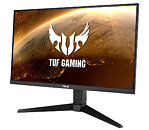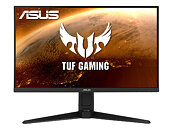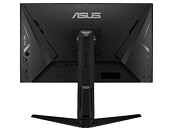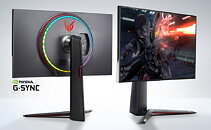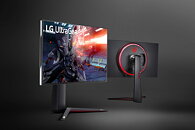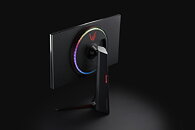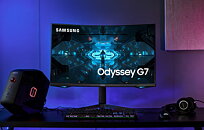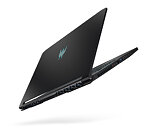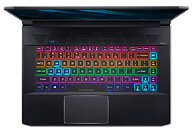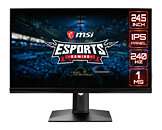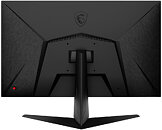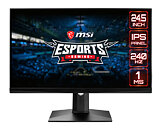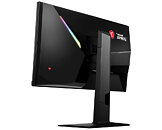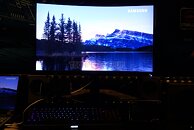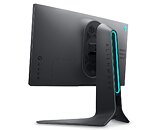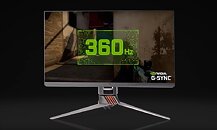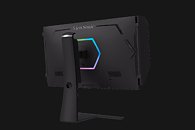
ASUS Announces the ROG PG259QN Monitor: 1080p IPS, 360 Hz, 1 ms, G-SYNC
ASUS today announced the ROG PG259QN monitor, a 24,5" monitor featuring a blazing fast 360 Hz refresh rates paired with a 1 ms response time. Of course, driving that refresh rate means that the monitor itself only offers 1080p resolution - albeit it does so using an IPS panel. Color-accuracy isn't reported as of yet, though, so save your money, at least for now, if you're also looking at color-critical applications. But the defining purpose for this monitor is for it to be one of the best solutions for twitch gaming scenarios. According to an NVIDIA-led study, gamers with a 360 Hz monitor improved their K/D ratio by 4% compared to using a "mere" 240 Hz solution, so there's that. The addition of a G-Sync module, according to ASUS, allows the PG259QN to have the best smoothness of any gaming monitor, bar none.
The ROG PG259QN supports ASUS AURA Sync, slim bezels, tilt, pivot, height, and swivel adjustments. I/O is guaranteed by 1x DisplayPort 1.4 cable and 1x HDMI 2.0 port, alongside 1x 3.5 mm headset jack and 1x USB 3.0 pass-through port, as well. No word on pricing at time of writing.
The ROG PG259QN supports ASUS AURA Sync, slim bezels, tilt, pivot, height, and swivel adjustments. I/O is guaranteed by 1x DisplayPort 1.4 cable and 1x HDMI 2.0 port, alongside 1x 3.5 mm headset jack and 1x USB 3.0 pass-through port, as well. No word on pricing at time of writing.











